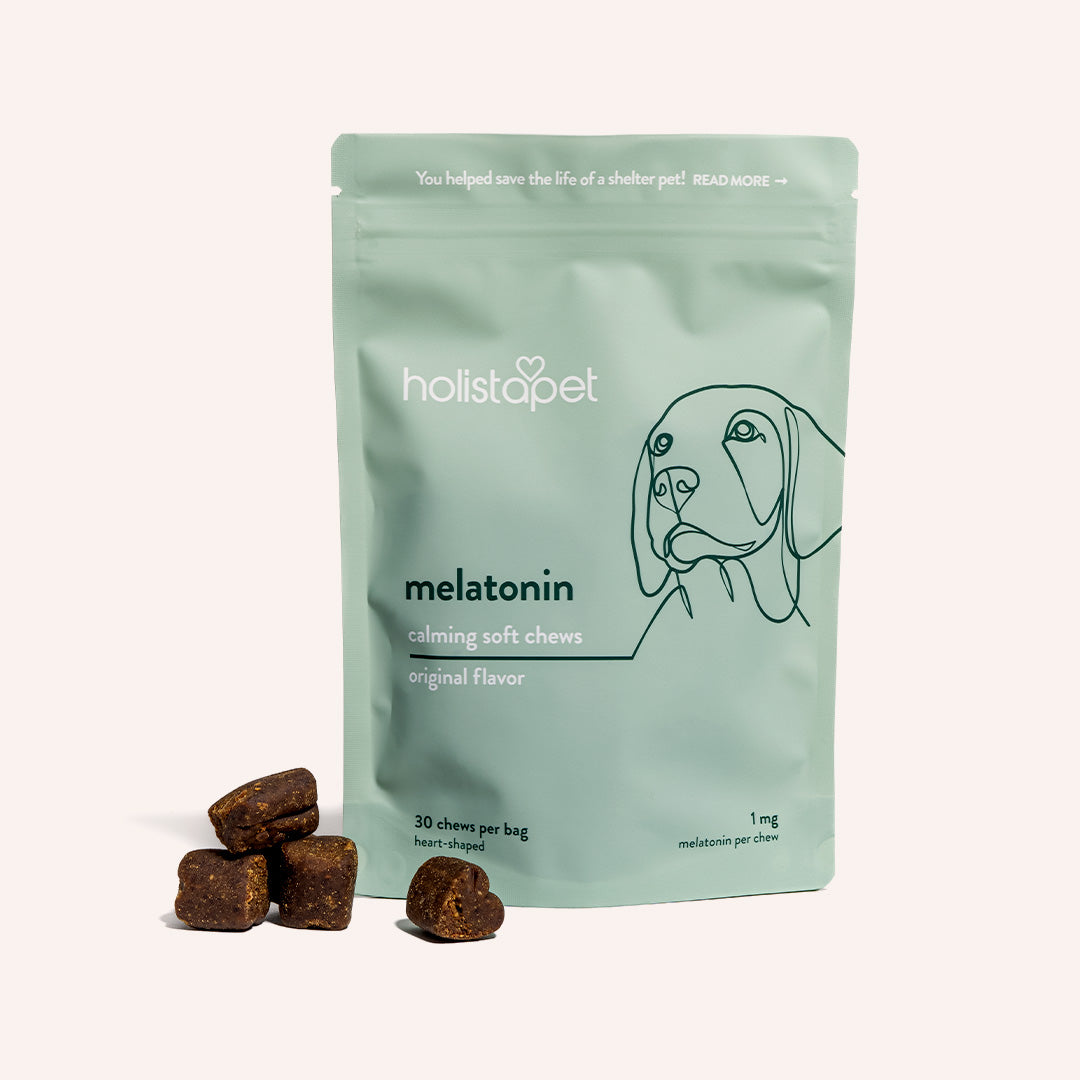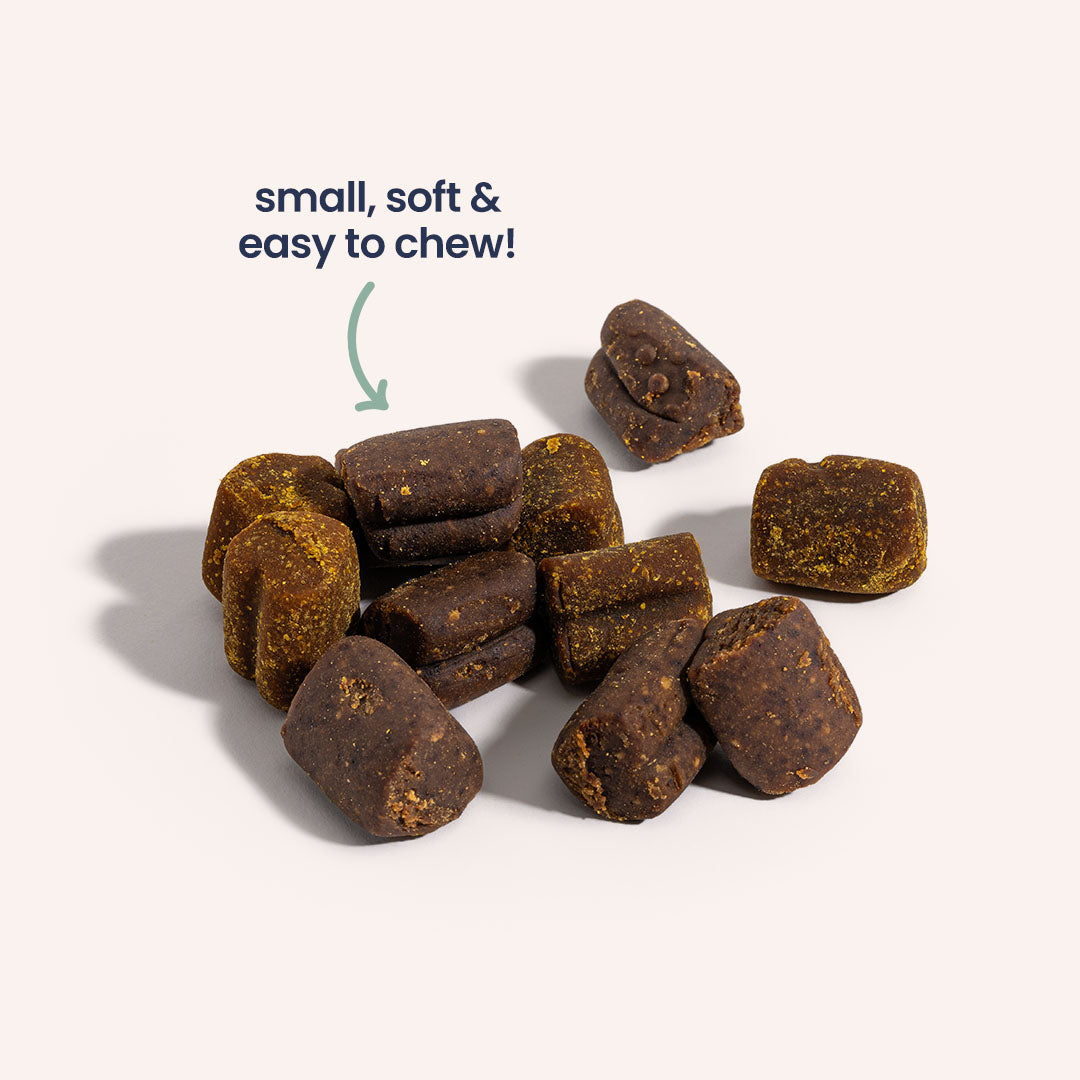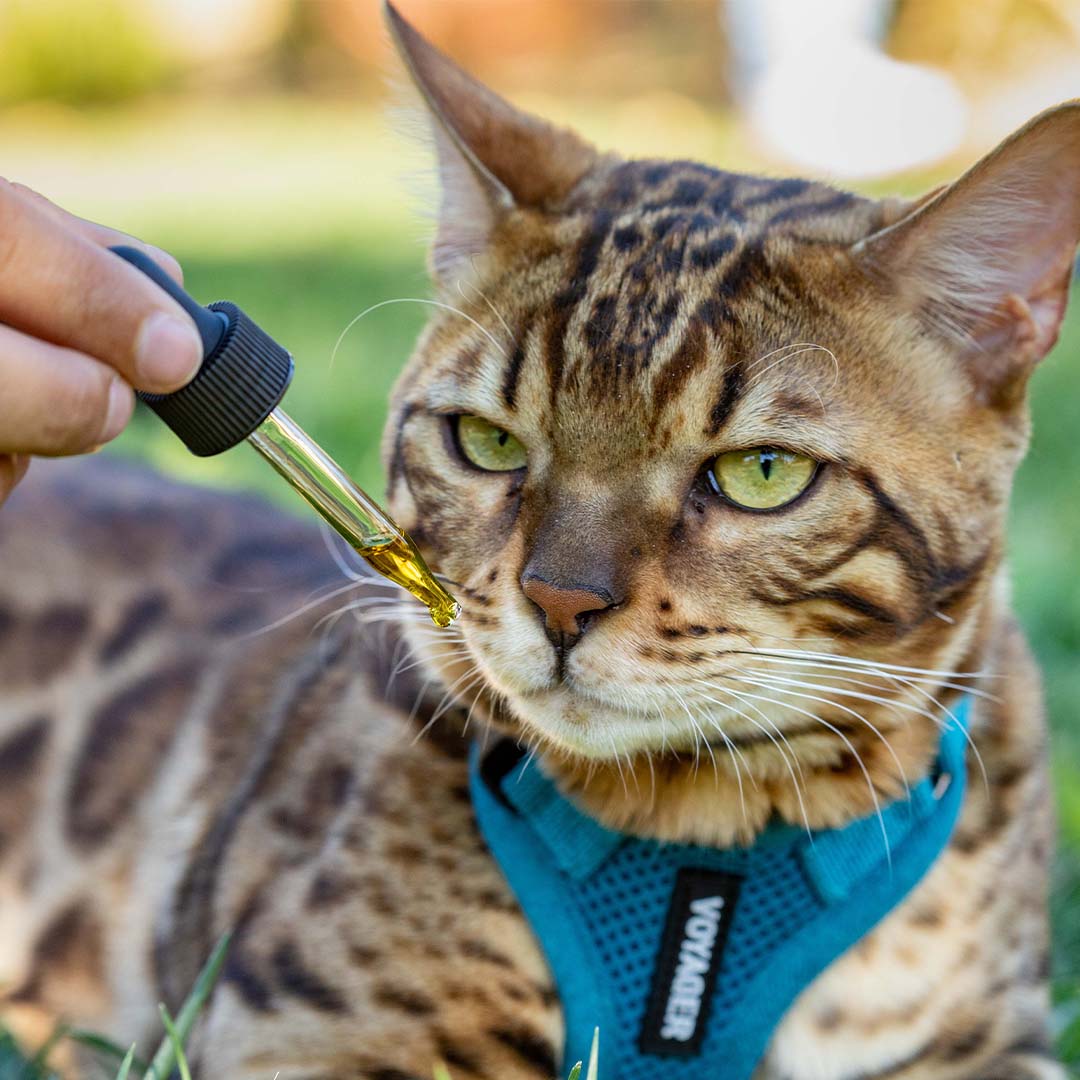Whether it's catching frisbees mid-air or running up the stairs to sleep in your bed, dogs are usually quite active and happy-go-lucky pets. When you notice your canine not moving like they used to, you might need to start looking into dog joint health issues.
Joint problems are sadly common in canines. Learn what joint issues can impact your dog, how to spot them, and even how to help your dog feel better with natural treatments. This is an important issue that you need to keep on top of if you want your dog to have a healthy, active, and happy life.
Why is Joint Health for Dogs is Important
Joints are a very important part of your dog's legs. A joint has a few different components that all have their own critical functions. Here's a quick overview to help you better understand the joints in your dog's body.
Connecting bones determine the joint's stability, making up its structure. Cartilage is a firm connective tissue between the connecting bones that lessens the effects of movement. Damaged cartilage causes the connecting bones to collide, which leads to pain and inflammation. Synovium is a lubricant that allows the bones to glide freely. Ligaments are the connective fibers along the side of the joint, preventing the bones from moving out of place.
Joints allow your dog to move freely, including standing up, laying down, walking, running, sitting, and playing. The joints provide padding that lets them jump and run freely without the bones getting damaged.
RELATED: HEMP FOR DOGS – EVERYTHING YOU NEED TO KNOW
What Happens if You Ignore Your Dog's Joint Health?
Elderly dogs and dogs with certain illnesses and injuries will have less synovium in their joints, causing bone degradation and joint pain, as well as arthritis. A lot of dog breeds are also prone to having joint issues, like German Shepherds.
Dogs can also inherit certain joint diseases. Developmental joint issues mean that your dog has over or underdeveloped bones in their joints. An example is an oversized hip bone in the hip socket will often pop out, making the bones rub together. Degenerative joint diseases, like osteoarthritis, cause arthritis when the cartilage around the bones deteriorates. Joints are difficult to repair once cartilage is damaged, so it's important to maintain your dog's joint health in various ways even when they seem healthy.
Common Signs of Dog Joint Health Problems
While dogs often keep an upbeat demeanor and will always appear positive and happy to an extent, you will definitely be able to notice signs and symptoms of joint issues your pup is facing. Joint conditions and arthritis are just too painful for your dog to hide at all times. Here's what to watch out for.
- Limping: If your dog is scared to put pressure on a certain limb or seems to have issues walking normally with that limb, something si definitely wrong.
- Favoring one side: You'll notice that your dog is using one of their limbs a lot more than usual — and a lot more than another — if they are experiencing discomfort.
- Avoiding running and jumping: Your dog will hold back if they feel the movement will hurt them. They'll probably run less and avoid any activity that involves jumping.
- Avoiding stairs: If your dog usually has no problem going up the stairs but is now hesitant to follow you up the steps, they might be experiencing a lot of discomfort in their limbs.
- Using front legs to stand up: Watch how your dog stands back up after they are lying down or sitting. If they only use their front legs to pull themselves up, they might have symptoms of hip dysplasia. That's the most common form of arthritis for dogs. Dogs suffering from this don't want to put pressure on their hind legs.
- Change in temperament: A dog experiencing great pain might not appear as friendly as they were before. Sometimes a dog may even become irritated and aggressive if they are in serious pain. If your dog doesn't like to be put in certain spots or gets upset when you come near them, bring them to the vet immediately.
- Lethargic behavior: If your dog usually runs around, plays, and explores, you'll immediately notice a change in behavior if they are experiencing joint discomfort. A dog that suddenly lays around and seems depressed is most likely experiencing some serious pain that's not allowing them to enjoy their usual activities. Your pet may also hide, or seek shelter, in an area they deem peaceful to deal with the pain.
- Swollen joints: Joint pain will often lead to inflammation. You want to keep an eye out for this to prevent further damage to your dog's joints.
- Muscle degeneration: You'll notice degeneration when they refuse to put weight on their limb or stop moving around. This only worsens the problem.
- Licking the affected joint: Dogs lick things to heal them. When they sense something is wrong, you'll notice your dog will start licking that area a lot more frequently. They are attempting to relieve some of the pain.
What Can I Give My Dog for Joint Health?
There are a lot of natural ways to keep your dog's joints healthy and help prevent future joint conditions. Here are a few to consider!
CBD Dog Treats
HolistaPet has CBD dog treats specifically made for joint and mobility! Vegan, organic, all-natural, and non-GMO, these treats provide comfort for your pup thanks to the addition of CBD. This is a non-psychoactive phytocannabinoid found in hemp that provides a lot of health benefits to your dog without getting them high.
RELATED: HOW TO SOCIALIZE A NERVOUS DOG: 10 EASY TIPS TO TRAIN A CONFIDENT CANINE
Your dog has an endocannabinoid system (ECS). This helps them maintain balance or homeostasis. CBD interacts with the receptors in your dog's ECS. The receptors are in all of their body's systems, meaning you'll see CBD's effects in your dog's skin, coat, joints, and mood.
CBD Shampoo
Another great way to soothe your dog with CBD is with a good shampoo. This lets you focus the CBD on specific parts of your dog's body that need more attention. Gently rub the CBD shampoo onto the areas where your dog is experiencing aches and discomfort if they will let you. It will focus on the receptors in that area and soothe your pet's discomforts.
Glucosamine
Feeding your dog food with glucosamine is helpful for joint health. It's a natural compound found in cartilage that regulates the synthesis of collagen. Glucosamine is also said to have mild anti-inflammatory effects. Shellfish is a great natural source of this compound, but you can also find it in many treats. Bone gristle or meat cartilage can also do the trick.
Tumeric
You might have this in your spice cabinet at home! This is an orange-colored spice related to ginger. Its primary active ingredient is curcumin, which provides a lot of benefits, including relieving your pup of osteoarthritis symptoms. Dogs don't have an easy time consuming this spice so feed it to them in paste form by mixing it with water and organic coconut oil.
Vitamin C
This is another component of cartilage. Some say it reduces oxidative stress on your dog's joints. That's because Vitamin C has been found to accelerate bone healing and increase collagen formation. Feed your dog papaya if you want them to get a good amount of healthy Vitamin C. Blueberries are another great option.
Tips to Improve Dog Joint Health
There are a few other natural ways to help improve your dog's joint health. These can ensure that your dog is healthier overall as well.
Help Them Maintain an Ideal Weight
Just like with humans, dogs can stress their joints more when they are overweight or obese. No matter their weight, dogs will have the same cartilage, meaning the bones are being squeezed closer together and the friction is increased when your dog is fatter. Making sure your dog is lean will ensure there's less pressure on their joints.
Provide Them With a Healthy Diet
Healthy ingredients and dietary supplements will keep your dog's joints strong. A healthy gut biome is also great for their overall health, including their heart and joints.
Low Impact Exercise
Even if your dog is feeling the struggle of joint paint, they should still be stimulated with exercise. Try casual walks and swimming. Dogs with joint problems will have a lot of fun doggy paddling in lakes and ponds.
Stretching
When your dog is relaxing after a busy day, help them do some beneficial stretching exercises. Ask your veterinarian what stretches will help your dog specifically. Your dog will most likely let you do it. But you can bring along some CBD treats as a reward just in case!
Install Ramps
If your dog is having trouble navigating stairs or jumping, try installing some ramps whenever possible. This will make take some pressure off of their joints. Think ramps to help them get onto the couch without jumping or a ramp that helps them get up to the porch and into the front door.
RELATED: DOG SHEDDING: HOW TO STOP IT & KEEP THE “FUR” OUT OF FURNITURE
When Should I Take My Dog to the Vet?
We went over a few symptoms of joint pain earlier. This includes your dog limping, refusing to put weight on their limb, feeling lethargic, avoiding certain movements and activities, and even being a bit aggressive.
If you notice symptoms of joint pain, you should immediately take your dog to the vet. Joint pain should be checked out by a veterinarian right away so they can offer you helpful stretches, a treatment plan, and any medications to help your dog deal with the condition.
Final Thoughts - Dog Joint Health
About 25% of dogs will get arthritis, which will affect your joint health and cause them a lot of pain and discomfort. It's important to catch signs early and make sure to give your dog the proper care to help them maintain their joint health.
If you notice your dog limping or refusing to jump, you should immediately bring your pup to the vet. This will help you get them on a proper treatment plan. Meanwhile, you can also help your dog maintain joint health by giving them natural supplements and CBD.








![Probiotics For Dogs [Soft Chews]](http://www.holistapet.com/cdn/shop/files/Probiotic-Infographic-1_472d7a29-e30c-435a-9638-1365d8c3a9f9.jpg?v=1725384841&width=104)

















![Are Dogs Color Blind? [Sort of, Find Out the Truth Here!]](http://www.holistapet.com/cdn/shop/articles/312.jpg?v=1716830134&width=500)












Leave a comment
This site is protected by hCaptcha and the hCaptcha Privacy Policy and Terms of Service apply.